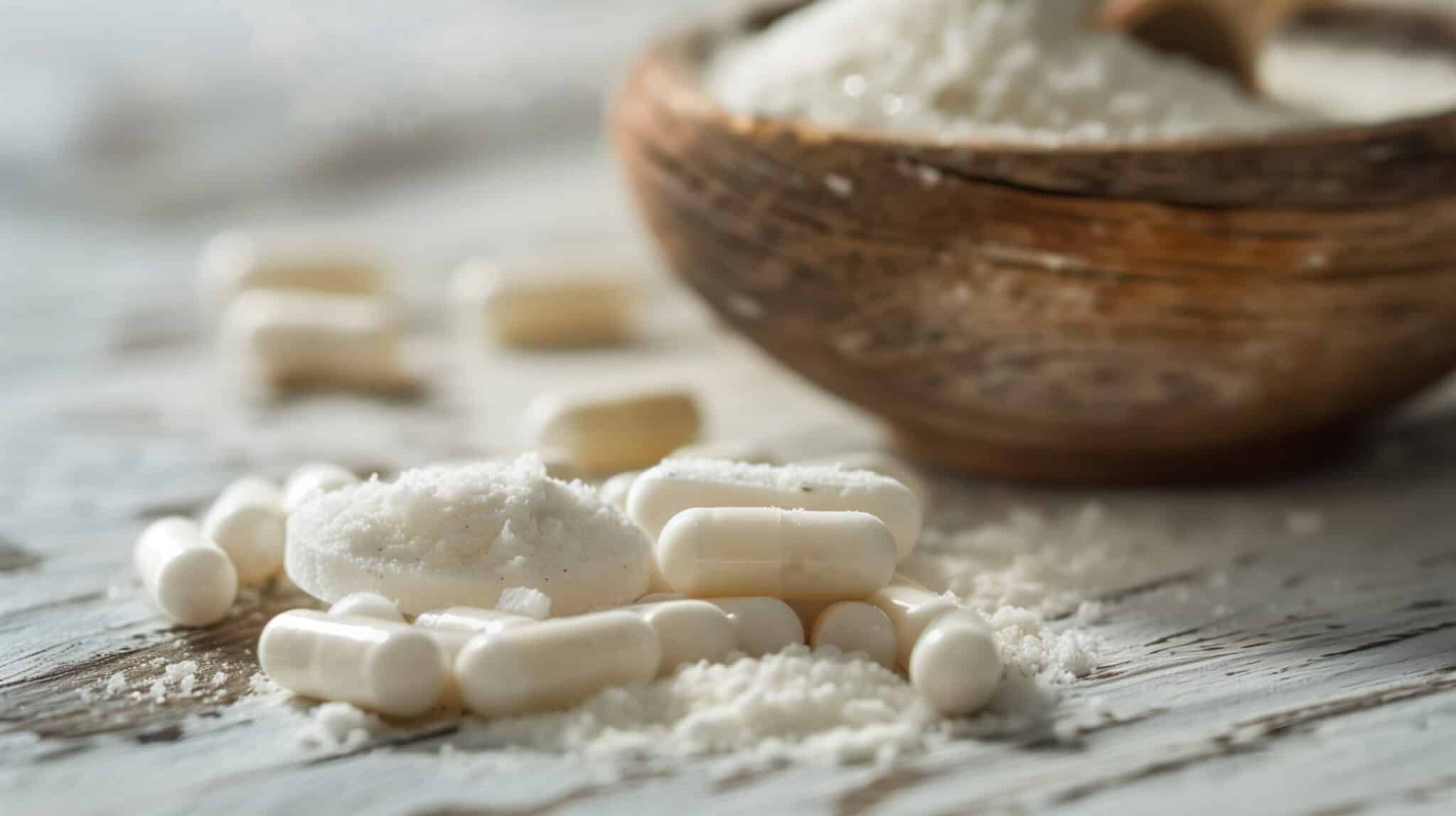Understanding Yeast Infections
Yeast infections, also known as candidiasis, are a common concern for many, particularly among women. Using probiotic microorganisms against opportunistic fungal pathogen Candida albicans offers a promising alternative to traditional antifungal treatments. Indeed, specific strains of probiotic bacteria and yeasts can be an effective and natural method to combat yeast infections.
What are Yeast Infections ?
Various Candida species cause yeast infections. The most prevalent form is vulvovaginal candidiasis, resulting from Candida albicans overgrowth. Candidiasis can also affect the mouth (oral thrush), skin, and gastrointestinal tract. Invasive candidiasis occurs when Candida enters the bloodstream, primarily affecting immunocompromised individuals.
Causes and Symptoms of Yeast Infections
Candida naturally resides in the body without causing issues, but an overgrowth can occur when the balance between bacteria and yeast is disrupted. This imbalance can be triggered by factors such as hormonal changes, pregnancy, a weakened immune system, antibiotic use, or uncontrolled diabetes. Yeast infections manifest differently depending on the location but commonly cause itching, burning, redness, and pain.
The Role of Probiotics in Managing Yeast Infections
Probiotics exert antifungal effects through several mechanisms. They inhibit fungal adhesion by occupying binding sites on mucosal surfaces and promoting coaggregation, where beneficial microbes attach to pathogens, reducing their ability to adhere.
Probiotics also secrete antimicrobial compounds that directly inhibit fungal growth. Moreover, they modulate the host’s immune system, promoting a balanced immune response. Finally, probiotics help restore gut health by correcting dysbiosis, reducing conditions favorable to fungal overgrowth.
Which Probiotic for Which Type of Candidiasis: Practical Examples ?
Saccharomyces cerevisiae CNCM I-3856 for Vaginal Candidiasis1
Saccharomyces cerevisiae CNCM I-3856 is highly effective against vaginal candidiasis. It inhibits the virulence factors of Candida albicans, blocking its transition to an invasive form. Additionally, it modulates the immune response, reducing vaginal inflammation. This probiotic not only directly targets the pathogen but also enhances the body’s natural defenses.
Lacticaseibacillus for Oral Candidiasis
Specific Lactobacillus strains can significantly reduce oral Candida levels, particularly in vulnerable populations like the elderly.
Hatakka (2007) demonstrated the effectiveness of a probiotic mix containing Lacticaseibacillus rhamnosus GG, L. rhamnosus LC705, and Propionibacterium freudenreichii ssp. shermanii JS.
Choosing the Right Probiotic Supplement
Methods and Practices for Different Candidiasis Management Approaches
Different probiotic delivery methods suit specific types of candidiasis. Oral supplements combat gastrointestinal, oral, and vaginal infections by promoting overall microbial balance.
For vaginal candidiasis, intravaginal applications deliver beneficial bacteria or yeast directly to the infection site, helping restore vaginal flora. Additionally, oral probiotic supplementation offers notable advantages. For instance, Saccharomyces cerevisiae CNCM I-3856 acts early against Candida in the gut, reducing the likelihood of recurring vaginal infections. Oral delivery is also easier to administer, improving compliance – a common challenge in proactive therapy.
Strain Diversity and Dosage Guidelines
Probiotic effectiveness depends on strain and dosage. High-quality probiotics must ensure potency (CFU viability until shelf life), purity (pathogen-free production), and identity (accurate strain designation). Dosages vary by strain, with most products offering 1–10 billion CFUs.
Opting for a probiotic that combines several beneficial strains can be more effective. For instance, a combination of Lactobacillus and Saccharomyces cerevisiae can provide multifactorial inhibition of Candida albicans, offering increased protection.
Probiotics help maintain a balanced microbiome by inhibiting the overgrowth of yeast, such as Candida, which is a common cause of yeast infections. By strengthening the gut and vaginal flora, they support the body’s natural defenses, reducing the risk of infections and promoting overall microbial harmony.
References:
- Gabrielli, E., E. Pericolini, N. Ballet, E. Roselletti, S. Sabbatini, P. Mosci, A. Cayzeele Decherf, et al. 2018. Saccharomyces cerevisiae-based probiotic as novel anti-fungal and anti-inflammatory agent for therapy of vaginal candidiasis. Beneficial Microbes 9 (2):219–30. doi: 10.3920/BM2017.0099.
- Hatakka, K., A. J. Ahola, H. Yli-Knuuttila, M. Richardson, T. Poussa, J. H. Meurman, and R. Korpela. 2007. Probiotics reduce the prevalence of oral candida in the elderly – A randomized controlled trial. Journal of Dental Research 86 (2):125–30. doi: 10.1177/154405910708600204.
Deep Dive Into Probiotics
Curious about how probiotic bacteria in your gut can impact your digestion and immune health? Find out more in this article to uncover the amazing benefits of these tiny microorganisms for your well-being.
Related News
-
All
-
Adonat®
-
Cardio
-
Corporate
-
Digestion & Gut
-
Download
-
Emothion®
-
Extrafolate®-S
-
ibSium®
-
LANDKIND® Pure Salidroside
-
LifeinU® BSCU1
-
LifeinU® L.rhamnosus GG
-
Lynside® Nutritional Yeasts
-
Lynside® Prebiotic Yeast
-
Lynside® S.boulardii
-
MenaQ7®
-
Mobility & Joint
-
Mood & Cognitive
-
MyCondro®
-
News
-
Noochy Crisp™
-
Quatreflora™
-
Quatrefolic®
-
Red Star®
-
Reproduction & Women
-
Science
-
Trends
-
Video
-
Vitamin K2
-
Wellness & Immune














